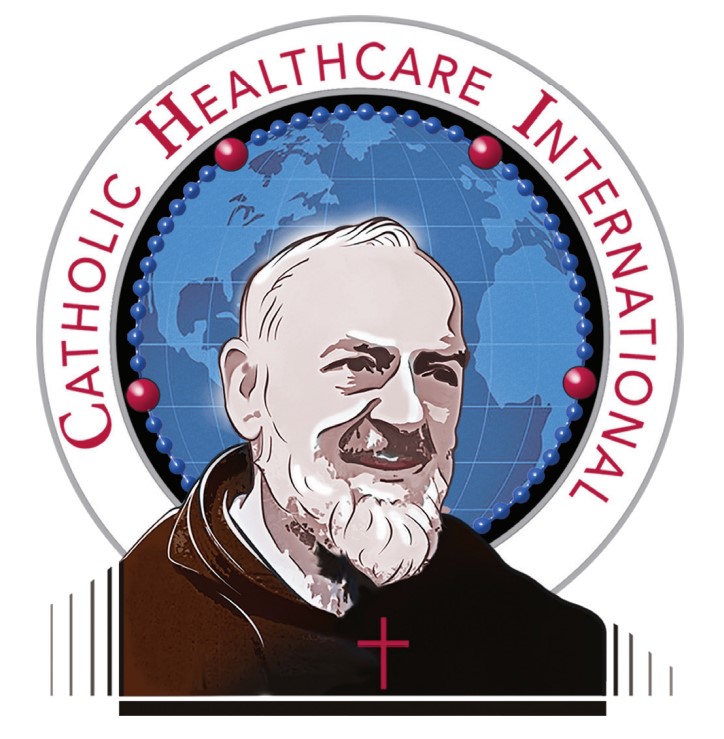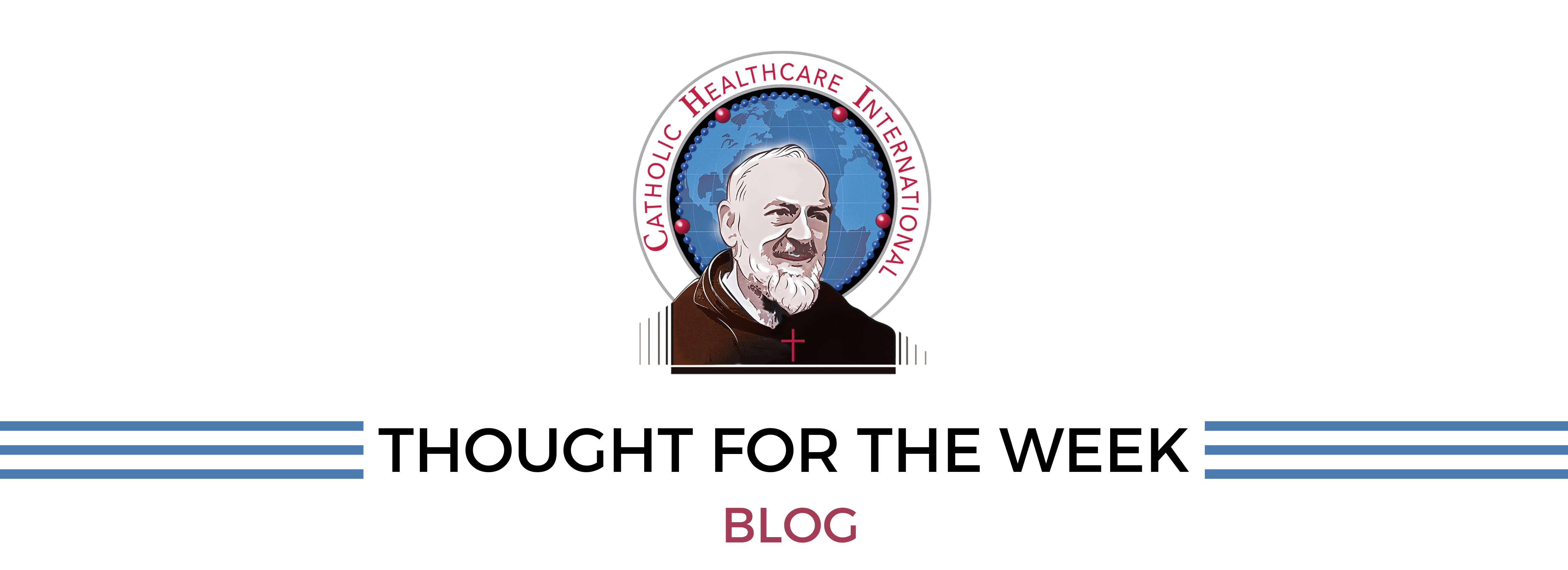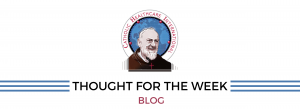|
Listen to the Thought for the Week
Getting your Trinity Audio player ready...
|
“But Catholics” and Genocides
One of the criticisms levied against me, and others of my philosophical bent is that we excessively use analogies between medical ethical issues and Nazi Germany. Conventional wisdom is that the holocaust should be The Holocaust, an event unique in human history, perpetrated by uniquely evil individuals, never to be repeated, equaled or duplicated. Conventional wisdom is also that The Holocaust was an aberration, a confluence of Nazi hatred and efficiency, European antisemitism, and socioeconomic conditions unique to the 1930s. By their nature, aberrations are just that, aberrant, and unlikely to reoccur. It is, therefore, unfair to use analogies between Nazi Germany and The Holocaust with other historical or ethical issues as this both diminishes The Holocaust and unnecessarily amplifies the issue to which it is being compared.
If only it were true.
The Holocaust was a unique intersection of Nazi ideology and German efficiency in a world environment of tacit antisemitism. World War II accelerated The Holocaust but was not caused by it. The horrific treatment of Jews by the Nazis was well-known prior to September 1939 and was even elucidated in the racist Nuremberg laws of 1935. Neither Roosevelt, nor Churchill, nor Stalin, nor Pius XII forcefully denounced the Nazis’ behavior toward Jews (and other “undesirables”) and this remained a tragic sideshow during the war. Had Hitler not brought Germany on a drive of geographical conquest, he likely would have accomplished his barbaric goal of exterminating all Jews and other “untermenschen” from Germanic lands. As it was, even in the face of the allied war against Germany and the Axis powers, this was nearly accomplished. Were it not for Hitler’s quest for lebensraum, the world would have stood by and watched his crimes in plain sight; it certainly did from 1932 to 1939.
For the Nazis to accomplish their horrific agenda, two things were required: 1) The dehumanization of their victims, and 2) A world willing to accept and tolerate this dehumanization. If European Jews were seen as fully human and if the world would not tolerate abuse against humans, Hitler would likely have been deposed and the Nazis would have lost power long before they could embark on their quest of extermination. Sadly, this was not the case.
So, while there were unique aspects to The Holocaust, and Jews as a group were uniquely targeted, the massacre of a group of people is not unique. Genocides happened before the Nazis, happened afterward, and are happening today. All it takes are the same two essential components, dehumanization and tolerance of the same.
In another example of unique circumstances coming together under the two essential components, 1993 in Rwanda, a country with one of the highest population densities in the world, was beset by ethnic tensions between the Hutu and Tutsi people while United Nations’ “peacekeeping” forces (mostly Canadian) watched. A civil war, of sorts, had occurred between largely Tutsi Rwandan Liberation Front forces and the Hutu government, resulting in power sharing and a quiet mutual suspicion. From 1990 onward, the Rwandan army had been arming Hutu youth throughout the country with Machetes and forming “civil defense” units. (In a Zen-like example of the absurdity of the United Nations, Boutros-Boutros Ghali, future Secretary General of the UN, supplied the Hutu military with large quantities of arms and munitions through his role as Foreign Minister of the Egyptian Government (1). “Hutu Power” political factions felt that the prevailing media was too liberal and formed more conservative outlets, particularly RTLM (Radio Télévision Libre des Mille Collines), which reached throughout all parts of the country and broadcast rabidly anti-Tutsi propaganda. For example, RTLM went further than amplifying ethnic and political division; it also labeled the Tutsi as inyenzi, meaning non-human pests or cockroaches, which must be exterminated (2.) In another broadcast (one of over 250 broadcasts RTLM made, calling for violence against the Tutsis), RTLM stated, “Someone must … make them disappear for good … to wipe them from human memory … to exterminate the Tutsi from the surface of the earth (3).”
In such a situation, no one needed to be a weatherman to know which way the wind would blow, to paraphrase Bob Dylan. On 11 January 1994, General Roméo Dallaire, commander of the UN peacekeeping forces in Rwanda sent his “Genocide Fax” to UN Headquarters, warning of an imminent mass killing operation aimed at Rwandan Tutsis (4). True to form, the UN ordered Dallaire to take no action as this was an internal Rwandan problem and he was not to “take sides (5).” By April 1994, things boiled over and a killing spree of unmatched volume and ferocity commenced, such that, in just 100 days nearly 1,000,000 (one million) Tutsis were murdered (6). Indeed, while the world watched, Rwanda burned, with little notice or comment, save for concerns about ecological damage from the thousands of bodies washing up in Lake Victoria (7). The genocide ended, not through military intervention from the US or Canada and certainly not the UN. The genocide ended when the rebel Tutsi Rwandan Popular Front resumed fighting and captured key portions of the country, including the capital, Kigali, ending the genocide in July.
So, a group of people dehumanized, a popular media supporting this, marginalization of opposition, and the world not wanting to be involved in someone else’s business. Ring any bells?
We like to believe that The Holocaust, and other genocides, are aberrations and unique because it helps to rationalize the irrational and avoid ugly truths. The most frightening thing about The Holocaust is in its banality. We want to believe that the evildoers of Nazi Germany (or Rwanda, or Turkish Armenia, or Soviet Ukraine in 1933, or the killing fields of Cambodia, etc.) are a different species of individual. Perhaps they have horns, or pointy ears and worship the devil while drinking the blood of infants. If this is the case, we feel better, because surely, we, as a civilized and different species could not do similar things.
Nothing could be further from the truth.
If one looks for pictures of Heinrich Himmler, it is hard to find photos of him not smiling. The man is, frankly, cheerful. Similarly, it is easy to find pictures of Auschwitz camp guards, administrators and secretaries out on summer picnics, playing accordions and other instruments, while they enjoy the outdoors (at least that’s how it looks, based on the laughing and smiling). It is always easy to find pictures of happy multitudes at Nazi, or Stalinist, or Maoist rallies. The uncomfortable truth is that the perpetrators of these and other genocides are people, just like you and me. They are not vampires or ogres. They are human persons, consumed in a political or ideological hysteria, or people who feel that “yes, it’s bad, but that is Rwanda’s business, not ours.” In my career, working in public and charity hospitals, we have been in close proximity to state and federal prisons and provided medical care to their inmates, including surgery. It is my misfortune to have administered anesthesia care to a couple of history’s most notorious murderers. Looking at these men of “evil,” in their hospital gowns on an operating room stretcher, I saw no pointy ears or scarlet “Es” on their foreheads. Indeed, they looked like frail, little old men, just like our next-door neighbors (albeit chained to their hospital beds). That dear reader, is far more frightening than the silly ghosts and Freddy Kruegers of horror movies. Evil is right here, in plain sight, next to you and me, and very little different than you and me. Despite what we want to believe, the difference between Dr. Josef Mengele and Dr. Albert Schweitzer is vanishingly small. It has been said that the veneer of our civilization is just one cell layer thick. Turn off the electricity to any major US city for 24 hours and it will make The Purge seem like a kid’s movie. (Even with the electricity on, Portland in 2023 is a pretty grim place.)
For all of you “but Catholics” out there (you know who you are, I’m Catholic, “but”…), you are participating in a genocide. Every day, thousands of unborn children in the US are murdered because of “choice.” They are murdered because they are zygotes, or embryos, or fetuses, but not “people.” They are murdered because they are a “woman’s personal choice” and not our business. They are murdered because of, “I’m personally opposed to abortion, but I don’t believe in interfering in privacy/bodily autonomy, etc.” There is no difference between RTLM and “Catholics for Choice” except that RTLM was a lot less subtle in its message.
The Catholic Church is absolutely clear in its doctrine; all human life is sacred and equally worthy, from the moment of conception, until the moment of natural death, period, full stop. If you are Catholic, you are bound and compelled to support this doctrine in all circumstances, without ifs, buts, or any other qualifications. If you are unable to uphold this, there are plenty of other “religions” that will comfort you in your support of the genocide of unborn children, the elderly, the disabled, and others “less worthy” of life.
Pick a side.
This concludes the Thought for the Week blog post. Thank you for listening.

George Mychaskiw II, DO, FAAP, FACOP, FASA
Founding President
Saint Padre Pio Institute for the Relief of Suffering
School of Osteopathic Medicine
References:
Melvern, Linda (2000). A people betrayed: the role of the West in Rwanda’s genocide(8, illustrated, reprint ed.). London; New York: Zed Books. ISBN 978-1-85649-831-9.
Fujii, Lee Ann (April 2007). “Jean Hatzfeld. Machete Season: The Killers in Rwanda Speak. New York: Farrar, Straus and Giroux, 2005/Picador, 2006.
Bibliography on ICTR, ICTY and IRMCT 2018. International Criminal Tribunal for Rwanda (ICTR) Special Bibliography. 2018. doi:18356/59527281-en-fr. ISBN978-92-1-047319-4. S2CID 239791188
Adams, Simon (21 January 2014). “The UN, Rwanda and the ‘Genocide Fax’ – 20 Years Later”.
“The Rwanda “Genocide Fax”: What We Know Now”. National Security Archive. 9 January 2014.
https://www.borgenmagazine.com/worlds-worst-genocides/
Pauw, Jacques (reporter) (1994). 1994 special report on the Rwandan genocide(Television production). South African Broadcasting Corporation.


